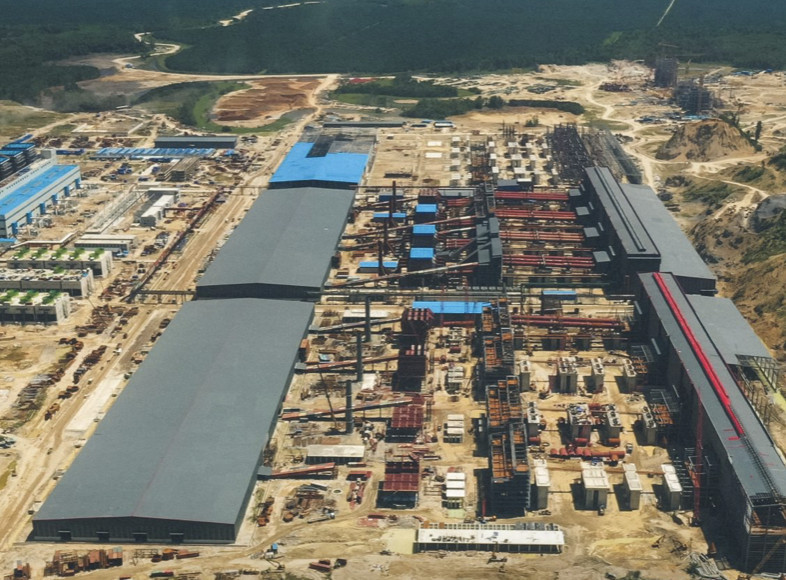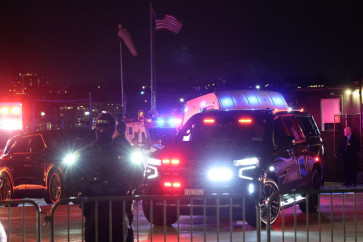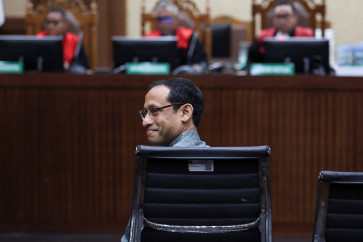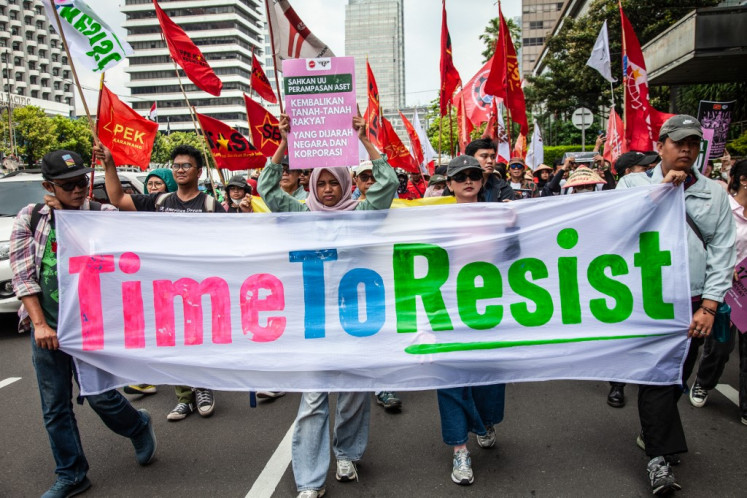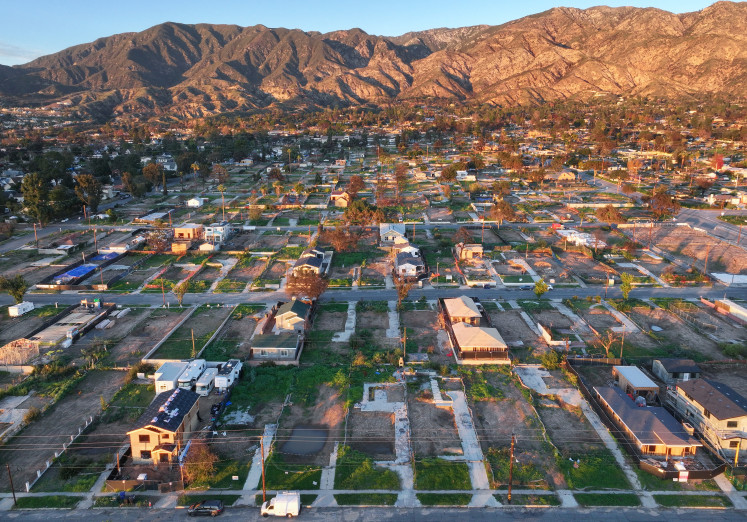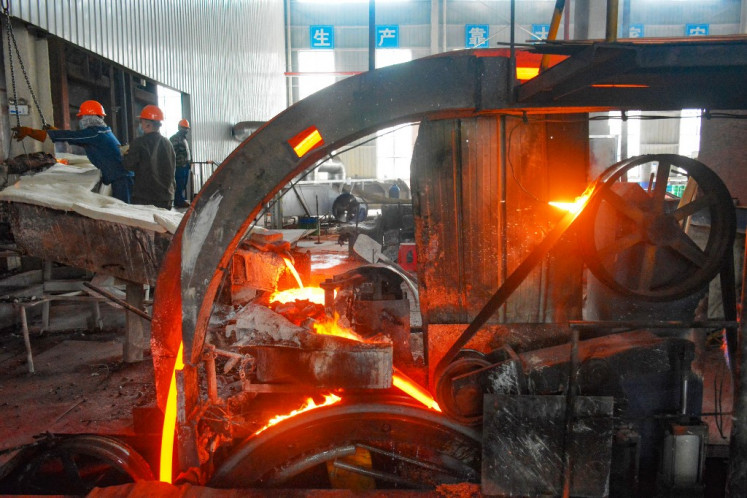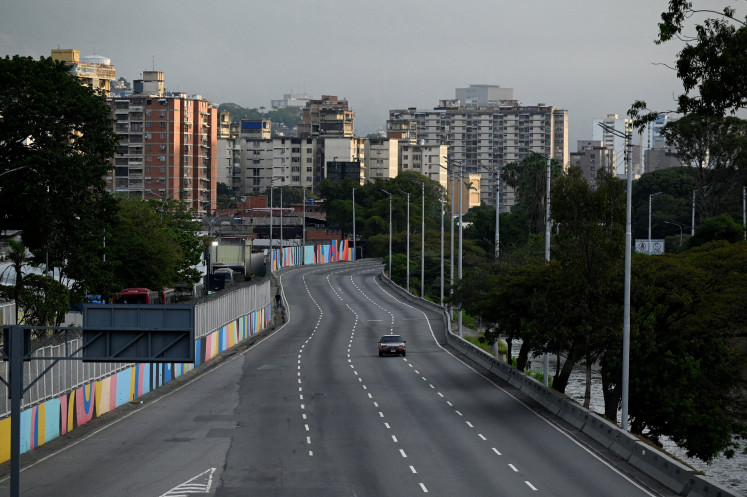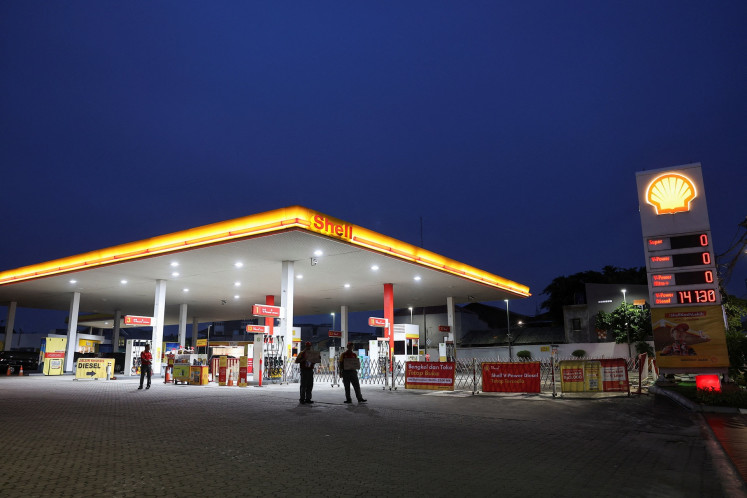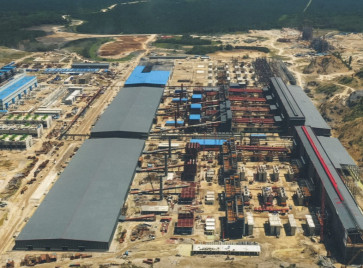Popular Reads
Top Results
Can't find what you're looking for?
View all search resultsPopular Reads
Top Results
Can't find what you're looking for?
View all search resultsNickel downstreaming in Sulawesi, Indonesia’s fault lines
The recent earthquake in Poso should be read less as an isolated natural hazard than a stress test of the country’s current industrial model.
Change text size
Gift Premium Articles
to Anyone
T
he earthquake that shook Poso, Central Sulawesi, on Aug. 17, should have been read as more than just another seismic event. At magnitude 5.8, it was not even the largest in the island’s history. Yet, it claimed lives, injured dozens and damaged hundreds of houses and public facilities.
The tremor was a stark reminder of Sulawesi’s structural fragility. Its geology, cut through by the Palu-Koro, Poso and Matano fault systems, makes recurrent seismic activity inevitable. The real question, therefore, is not whether major earthquakes will return, but how exposed people and assets will be when they do.
This exposure has grown dramatically in recent years, driven not only by demographic trends but also by deliberate nickel downstreaming policies. In less than a decade, areas of Sulawesi such as Morowali, North Morowali and Konawe have transformed from coastal fishing villages into industrial townships crowded with smelters, coal-fired power plants, roads and dense settlements of migrant workers.
What is striking, however, is how little attention has been paid to the island’s fragile geography in the rush to capture global demand for stainless steel and batteries. A 2024 study by the Centre for Strategic and International Studies (CSIS) on natural resource-based industrialization in Morowali (Central Sulawesi) and Central Halmahera (North Maluku) found a glaring absence of coherent spatial planning.
Morowali, for instance, has morphed chaotically into an industrial town. Tens of thousands of migrants have fuelled rapid, unplanned growth, with housing and shops springing up without coherent urban planning.
Local governments, overwhelmed by the speed of change, issue ad hoc permits as land use follows capital rather than hazard maps. Critical regulatory tools like the Environmental Impact Assessment (Amdal) and Regional Spatial Plan (RTRW) are often overlooked in the rush for industrial growth.
The result is a dense, unsafe urban-industrial complex. Factories and other industrial facilities have been built on coastal plains vulnerable to tsunamis. Power plants and smelters stand on soft soils highly susceptible to liquefaction. Boarding houses crowd riverbanks prone to flooding, while settlements expand in seismic zones with no clear master plan.

